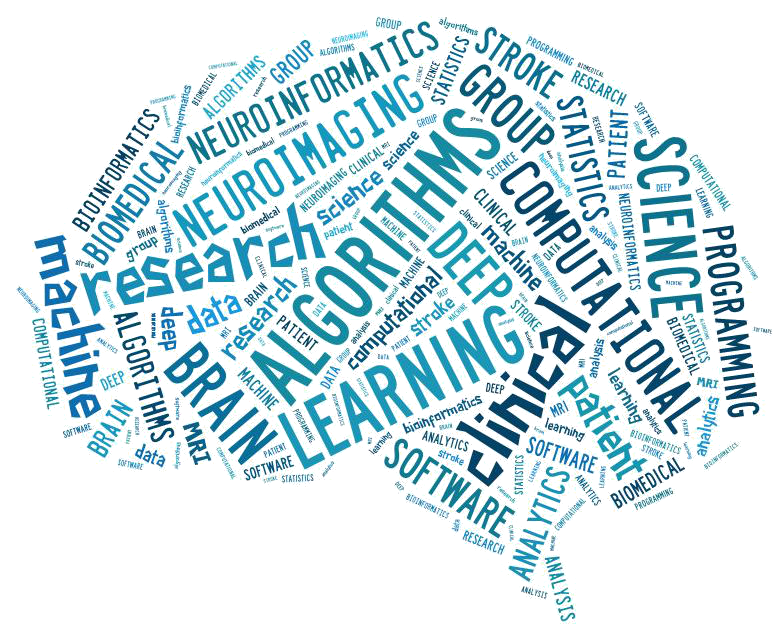Citation:
Simpkins AN, Tahsili-Fahadan P, Buchwald N, De Prey J, Farooqui A, Mugge LA, Ranasinghe T, Senetar AJ, Echevarria FD, Alvi MM, Wu O. Adapting Clinical Practice of Thrombolysis for Acute Ischemic Stroke Beyond 4.5 Hours: A Review of the Literature. J Stroke Cerebrovasc Dis 2021;30(11):106059. Copy at https://tinyurl.com/y8fjxoxc
Date Published:
2021 NovAbstract:
Several clinical trials have demonstrated that advanced neuroimaging can select patients for recanalization therapy in an extended time window. The favorable functional outcomes and safety profile of these studies have led to the incorporation of neuroimaging in endovascular treatment guidelines, and most recently, also extended to decision making on thrombolysis. Two randomized clinical trials have demonstrated that patients who are not amenable to endovascular thrombectomy within 4.5 hours from symptoms discovery or beyond 4.5 hours from the last-known-well time may also be safely treated with intravenous thrombolysis and have a clinical benefit above the risk of safety concerns. With the growing aging population, increased stroke incidence in the young, and the impact of evolving medical practice, healthcare and stroke systems of care need to adapt continuously to provide evidence-based care efficiently. Therefore, understanding and incorporating appropriate screening strategies is critical for the prompt recognition of potentially eligible patients for extended-window intravenous thrombolysis. Here we review the clinical trial evidence for thrombolysis for acute ischemic stroke in the extended time window and provide a review of new enrolling clinical trials that include thrombolysis intervention beyond the 4.5 hour window.See also: Stroke

